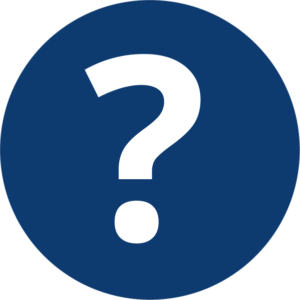
 Your Mission…
Your Mission…
Take a photo of any marine animal along the way, alive or dead! You may see jellyfish, crabs, sand dollars, clams, and several seaweed species. Can you count how many jellyfish you find washed up on the shore?
The Evergreen State College is situated on over 1000 acres of forest including over a half mile of natural beach on Eld Inlet.
Directions: The trail is located at the end of Marine Drive NW (off of Driftwood RD NW). Park in the small dirt lot on the right side of road just before the sharp left curve. To access the beach, follow the forest trail to where it ends. Walk the beach then return the same way.
Attention: there are several unmarked forest trails from the beach. The Marine Drive trail is the first (on return the last) trail and is unmarked. Beyond this trail is private property (marked with a bulkhead), please be respectful and not enter onto private property.
KNOW BEFORE YOU GO:
- Check out the tides! Play the Nisqually Reach Nature Center – Part 1 – Tide Prediction- Virtual Mission to learn how to predict the tide height before you go.
- Poison oak grows along our shorelines. Be plant savvy!
![]()
 PNW Forest Walk
PNW Forest Walk
This forest trail was once home to giant trees. Many of which were logged decades ago but remnants can still be found. As you hike down the trail to the beach look for “nurse stumps” which are the remaining old decaying stumps of Western red cedar trees.
Nurse stumps or nurse logs are decaying trees that provide a nursery for new growing seeds and fungi. Can you find any with red huckleberry or small trees growing from their tops?
The cedar stumps left over from past logging or as part of the natural forest cycle are a very important part of the forest’s ecology. Cedar is rot resistant and can last hundreds of years providing habitat to many plants, fungal and animal species. Salamanders especially like to make their home in the soft wood.
Please do not climb on or harm dead trees or stumps as they are an important missing habitat in our forests.
Did you see any stumps with rectangular notches? These notches were used to hold a “springboard” that was used for loggers to stand upon when they fell the tree. For more information on historic springboard logging visit, https://www.communitystories.ca/v2/lumbys-pioneers_pionniers-de-lumby/gallery/early-tree-fallers/.
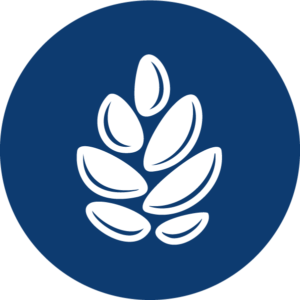
 Plants of the PNW
Plants of the PNW
The trail takes you through a relatively natural forest with many native plants that provide food and shelter for wildlife. Can you identify three common trees? Trees you can see include bitter cherry, Western red cedar, Douglas fir and big leaf maple.
The shrubs and herbs growing under the forest canopy are referred to as understory plants. Can you identify these common forest understory plants, Western sword fern, salal, vanilla leaf and false Solomon’s seal?
These plants are able to tolerate the shady conditions of the forest and make great choices for growing in your own shade garden at home. Visit the Stream Team reference library for ideas on how to incorporate native plants into your home garden.
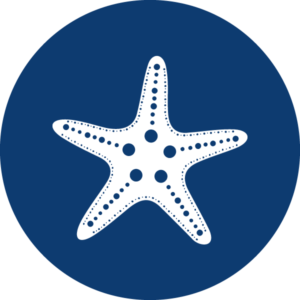
 The Beach or Nearshore
The Beach or Nearshore
Puget Sound which is also known as the Salish Sea has over 2,500 miles of shoreline and is made up of numerous inlets from Canada to Olympia. The shoreline is referred to as the nearshore which is the area from the top of the shoreline or the end of the land, extending beyond the breaker zone.
The nearshore provides habitat for many species. Can you find any sand hoppers living in the sandy substrate of the beach? These are tiny crustaceans called amphipods. Other common names include sand fleas or beach hoppers.
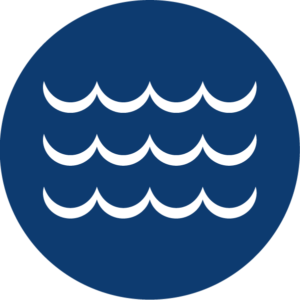
 The Formation of Beaches
The Formation of Beaches
The sandy bluffs, also known as feeder bluffs, feed sand and gravel to the shore to create beaches.
As these bluffs erode, the sand and gravel in the soil that make up the bluff becomes part of the beach.
What is erosion? Erosion is a geological process in which soil materials are worn away and transported. On the shoreline or nearshore, beaches are formed by wind and wave action.
The water current moves the sands and gravels from the feeder bluffs and shoreline banks depositing them up and down the beach, creating other beaches. The tides and currents effect how the sand is deposited that form our beaches.
Can you detect the different sizes of sands and gravel in the cliff banks along the shore? How do they compare to the gravel on the beach?
Beach cliffs are essential to creating our beaches. Without them we would have no beaches. Please do not climb on beach cliffs or out cropping as it speeds up the erosion process.
Interested in the geology of the area? Check out this 13-minute video on how Puget Sound was formed.
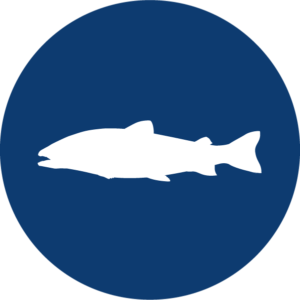
 Forage Fish
Forage Fish
The nearshore provides essential spawning habitat for several species of small schooling fish referred to as forage fish, to lay their eggs.
The three most common forage fish in our area include surf smelt, Pacific sand lance and Pacific herring.
Surf smelt and sand lance both spawn, or lay their eggs in the sands and small pea gravels of the upper tidal beaches on TESC beaches. If you are very lucky you may be able to see these tiny sand grain sized eggs after a high tide.
These small fish are a very important food source for the entire ocean. They fill a critical role in the marine food web or food chain, feeding many marine birds, marine mammals and fish, including salmon!
For more articles on species living in Puget Sound, visit https://www.eopugetsound.org/terms/40.
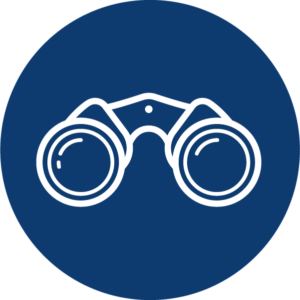
 Who’s Living on the Beach?
Who’s Living on the Beach?
Who am I? I am a common marine animal that does not move. The hat shaped shell that houses me is made of hard calcium. I like to attach to rocks, wood and other hard surfaces. I live with all my relatives and when the tide is out, I close tight so that I don’t dry out. I am a filter feeder and eat plankton. Who am I? An acorn barnacle!
During low tide you will find 1,000’s of acorn barnacles on the rocks from the upper shore to the water’s edge. You can even find barnacles on the limbs of fallen trees that rest part time in the water!
If you visit at low tide, you may also see many species of marine animals on the beach. Sometimes only the skeletal remains of sand dollars and crabs are most visible. Have you checked out who lives beneath the larger rocks? Shore crabs!
A common seaweed found along the shore that you may see is rockweed or bladder wrack.
It is a brown algae seaweed found in the lower intertidal zone https://www.nationalgeographic.org/encyclopedia/intertidal-zone/. Its distinctive air bladders allow it to float exposing it to sunlight so that it can perform photosynthesis.
Did you know that more than half of the air we breathe comes from seaweed? Learn more here: https://ocean.si.edu/ocean-life/plankton/every-breath-you-take-thank-ocean.
Want to know more about seaweeds? Visit https://www.americanscientist.org/article/the-science-of-seaweeds.
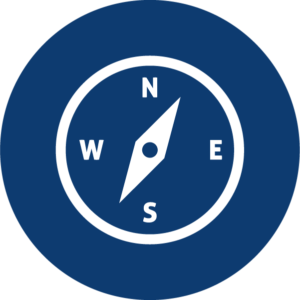
 Sea Jellies
Sea Jellies
Did you know that monthly monitoring studies are conducted in Puget Sound collecting water quality data? The Department of Ecology’s Eyes Over Puget Sound program tracks current weather and climate conditions and water column testing They even track the number of jellyfish!
Do you know what a large mass of jellyfish is called? A smack!
Jellyfish are not actually fish and are made up of mostly water. They are also known as sea jellies. Many times, throughout the year you may find three common sea jellies washed up on the beaches, moon jelly, fried egg jelly and lion’s mane jelly.
Sea jellies travel in groups and when there are windy conditions over the water you are likely to see many jellies washed upon the shore.
See if you can find all three species washed up on the beach or at the waters edge. How many washed up jellies did you see?
For more information on Puget Sound sea jellies check out these other sites:
https://www.jellywatch.org/blooms/facts
https://www.youtube.com/watch?v=QzsKcp-lFfM

 Shells on the Beach
Shells on the Beach
As you walk the beach, especially at low tide, see if you can detect the breathing holes or the shells of a of bivalve.
What is a bivalve? Bivalves are animals like clams, oysters, scallops and mussels. They make up one of the three groups of mollusks. All bivalves have a hard shell with two halves, hinged together that support their soft bodies. Most of bivalve species live in salt water although there are a few species that live in freshwater.
Bivalves are filter feeders, they gather food as water passes through their gills, feeding on microscopic marine plants and algae called phytoplankton. They are important in keeping our waters clean as they are able to filter out toxic contaminants in the water.
Bivalves are also known as shellfish and are grown and harvested for food. Check out this identification guide and see how many shells you can identify!

 Plankton: A Sea of Soup
Plankton: A Sea of Soup
Did you know that the base of the food web is made up of microscopic plants and animals referred to as plankton? These tiny organisms are carried by the tides and water currents and feed 1,000’s of animals living in Puget Sound.
Plankton are divided into two groups, phytoplankton which are plants and zooplankton which are made up of microscopic animals or their larvae.
Want to know more about plankton? Check out Pacific Shellfish Institutes weekly “What’s Blooming” plankton monitoring events in the summer or visit their website.
Why is plankton monitoring important? Monitoring can provide an early warning system and tell us about harmful algae blooms so we can protect human health and the health of shellfish.
Want to know about more of the fascinating critters that call Puget Sound home? Check out the Seattle Aquarium and their fish blog site.
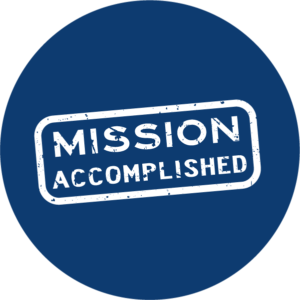 Congratulations!
Congratulations!
You have completed your mission to take a photo of any marine animal along the way, alive or dead! Don’t forget to login to the Goose Chase App and submit your photo for this mission to collect your park specific sticker!
